
I'm a firm believer in the power of fun and creative design solutions that drive positive change and bring a sense of delight to the user.
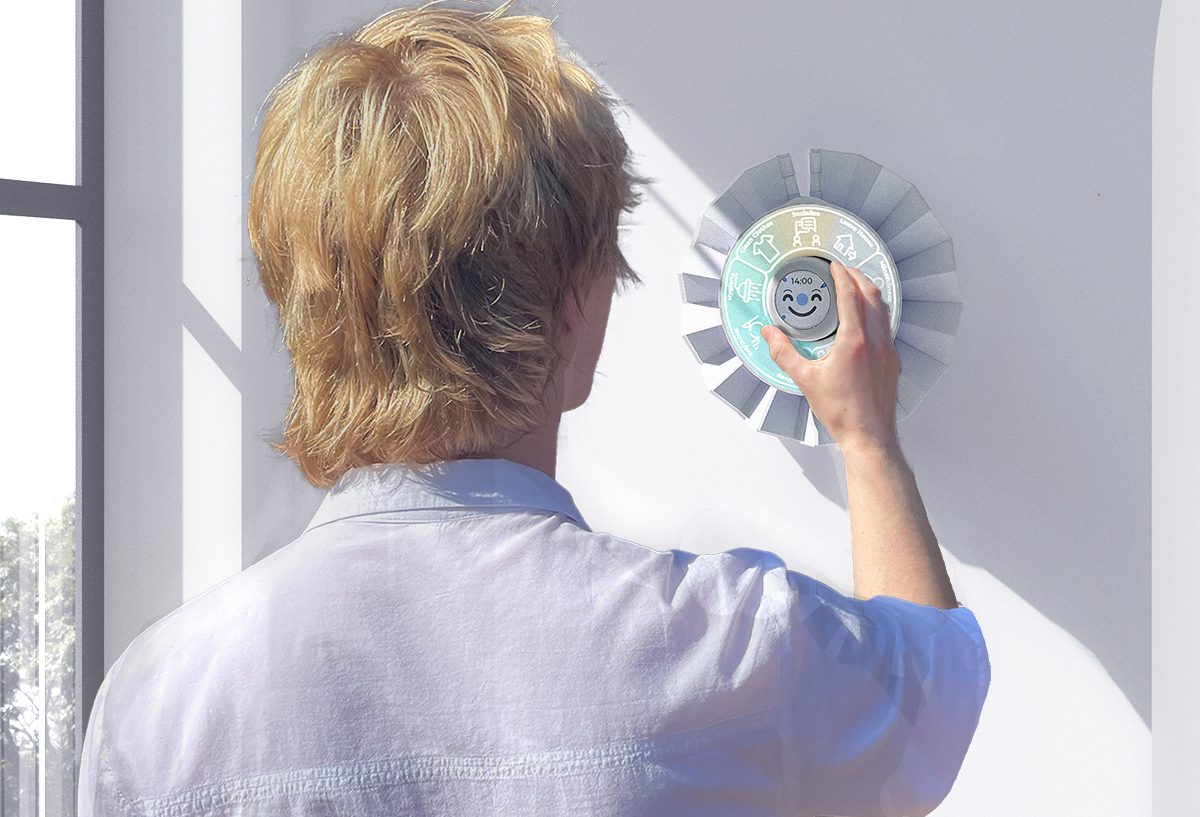
Haru: Providing an effective solution to help extremely socially isolated individuals
Haru is designed to help individuals suffering from extreme isolation the chance to build the initial confidence to seek professional help. Specific cases of extreme isolation are labelled Hikikomori, first named in Japan but with millions of sufferers found worldwide.
Hikikomori is defined as severe social withdrawal, individuals often being isolated at home sometimes retreating to a single room, for anywhere from six months to four years. The cause is not mental health issues, but instead a stressful triggering event, leading to a loss of confidence and downward spiral.
Although help does exist, for example the NHS recommends joining groups or seeking therapy, how can the individual be expected to do so when they struggle to even leave the house and have not talked to another person in a year. This is a barrier to entry for help. If the user is not confident enough to reach out, nearly all help is inaccessible to them.
Haru will be loaned to the user by charities or the NHS and acts as the first step after the user decides to improve their situation but does not have the confidence to seek professional help. Haru encourages and aids the user in rebuilding a healthy routine as research shows this is effective in building confidence.
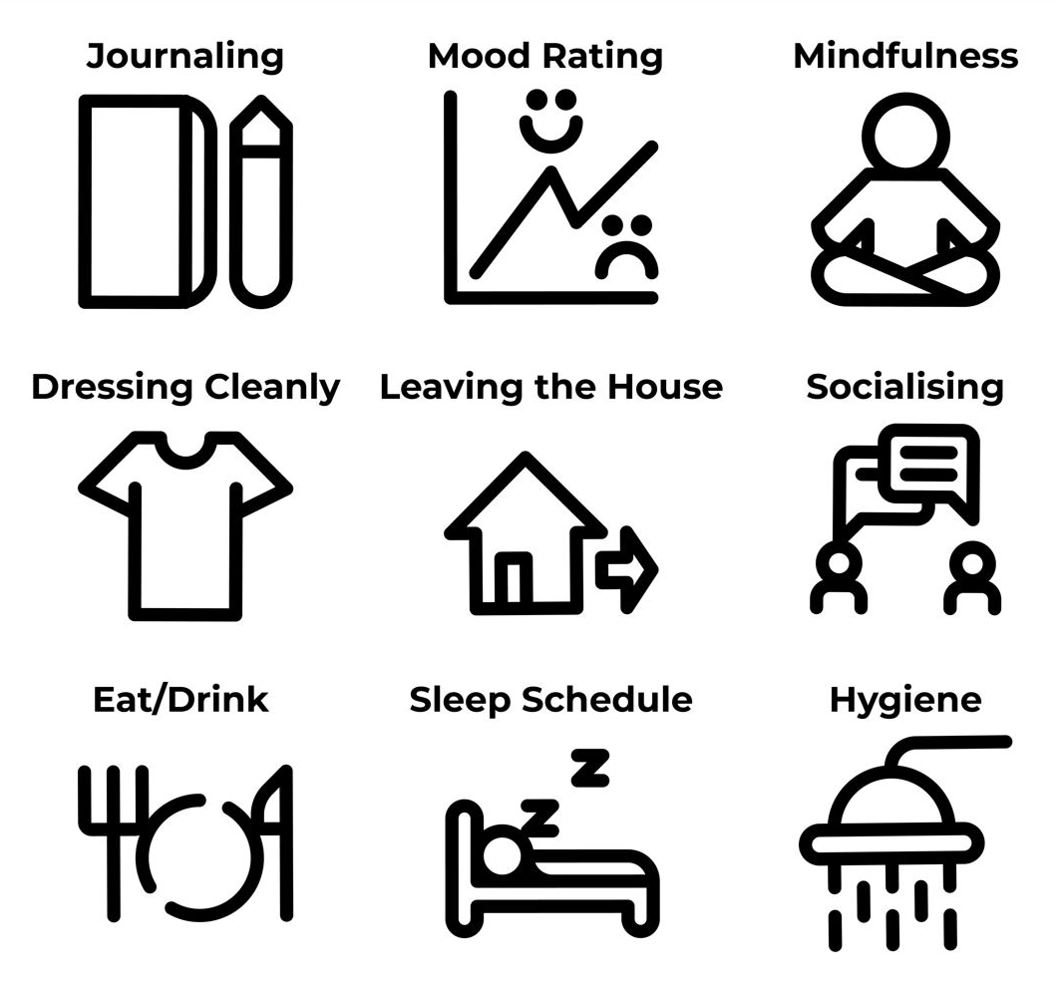
After being isolated for so long, the individual tends to have a poor routine, e.g., unhealthy eating, poor sleep schedule, rarely leaving the house and minimal social contact. Nine core routines based on Maslow’s hierarchy of needs shown left were chosen as most effective in building confidence. The bottom three are basic needs, the mid three are social needs and the top three are introspective needs.
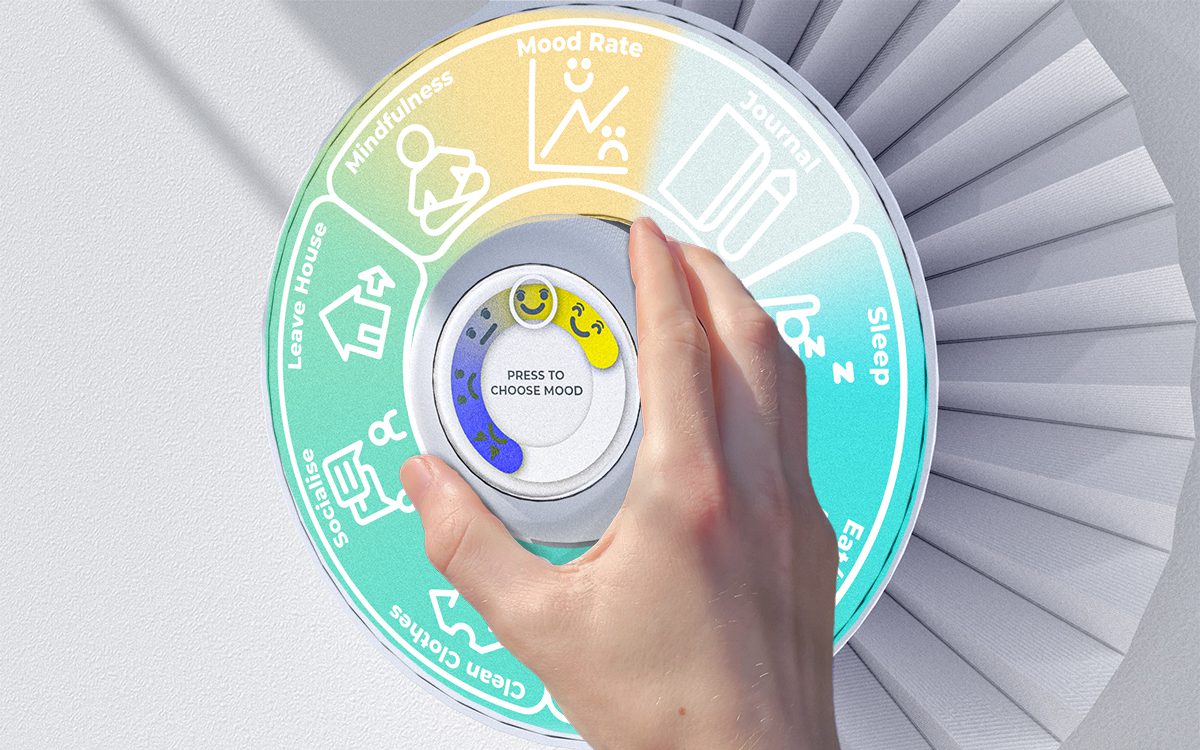
How it works
Haru is a wall mounted device placed in a high foot traffic area of the individual’s home. Haru goes through each habit one by one in order of fundamental needs (eat, sleep and hygiene) to social needs (dressing, leaving the house and socialising) to finally introspective needs (mindfulness, mood rating and journalling).
Throughout the day the device will prompt the user to perform the habit at set times. The requirements vary at different times, e.g., some are confirmations/reminders that you have done it, e.g., eating three times a day, and others are built into the device, for example mood rating as shown above.
With 28 days focused on one habit at a time, at the end of 9 months the user should have the confidence to seek professional help. To ensure the user does not fail to seek professional help at the very last stage, the character incorporated into the product will encourage the user to seek further help. The user downloads an app, the app then directs the user to very specific help.
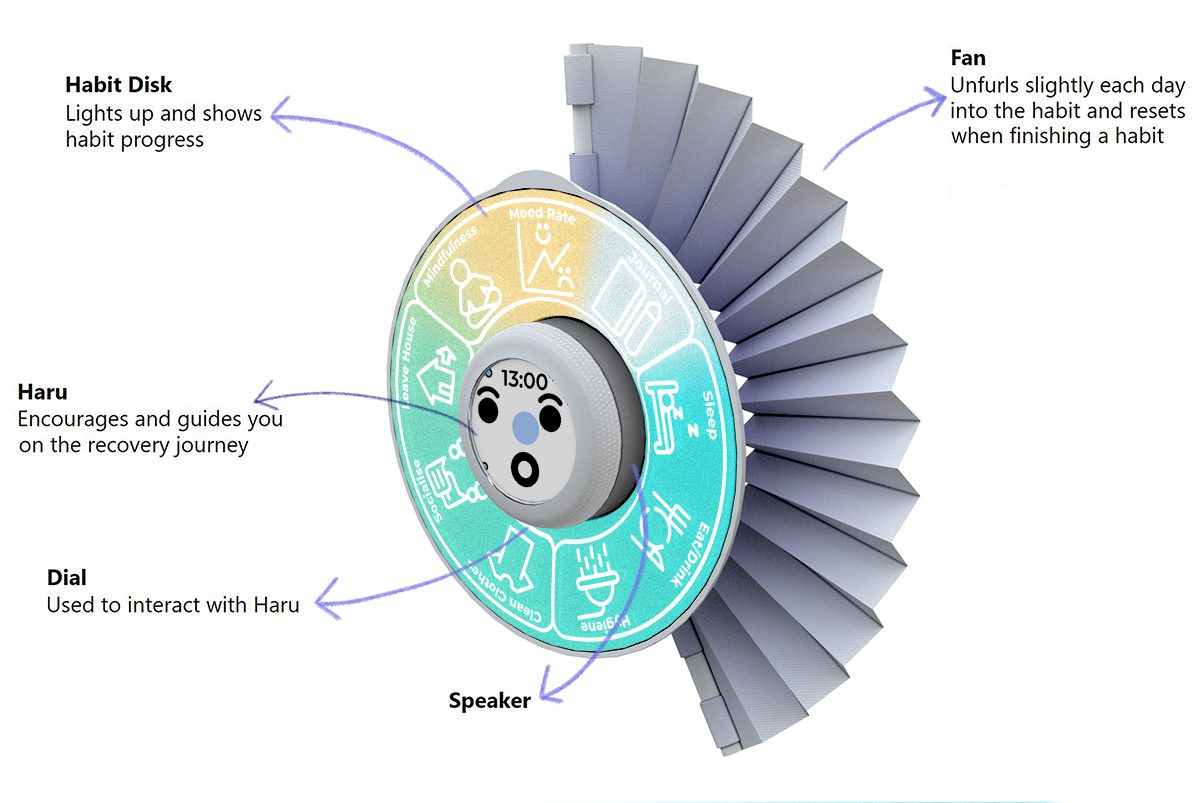
Design Features
The reason Haru would be so effective is the tangibility, physicality and personality, something an app would fail to provide. Haru gives encouragement and a sense of socialness that the individual may not have experienced in years.
Haru uses a rotating disk that turns to show the current habit being worked on at the top, lit up in yellow. With the habits completed lit up in blue and the uncompleted habits unlit. The fan is used to show the progress throughout the month, unfurling progressively each day.
The screen for the character is the main interaction point, where the user can use the surrounding dial. Features such as settings, mood shown over time and general info can be found through the interface, with the character guiding them throughout.
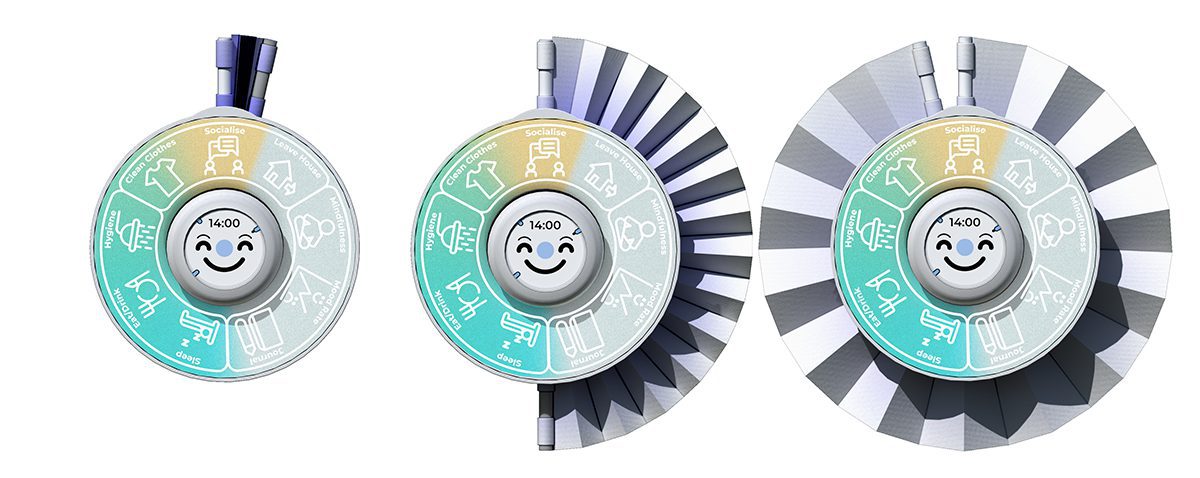
Haru is fully customisable, with the face, LEDs, sound effect and fan pattern all changeable to suit the user and tailor the experience to them.
Shown left is a rough visualisation of the fan opening over the user’s 9 month course, visualising how the habit disk turns and is lit up sequentially to show the progress. The video is sped up but each fan turn is one complete day and each time a new habit is lit up a month has passed. What isn’t shown is the auditory and visual rewards for the completion of each habit and end of each day.
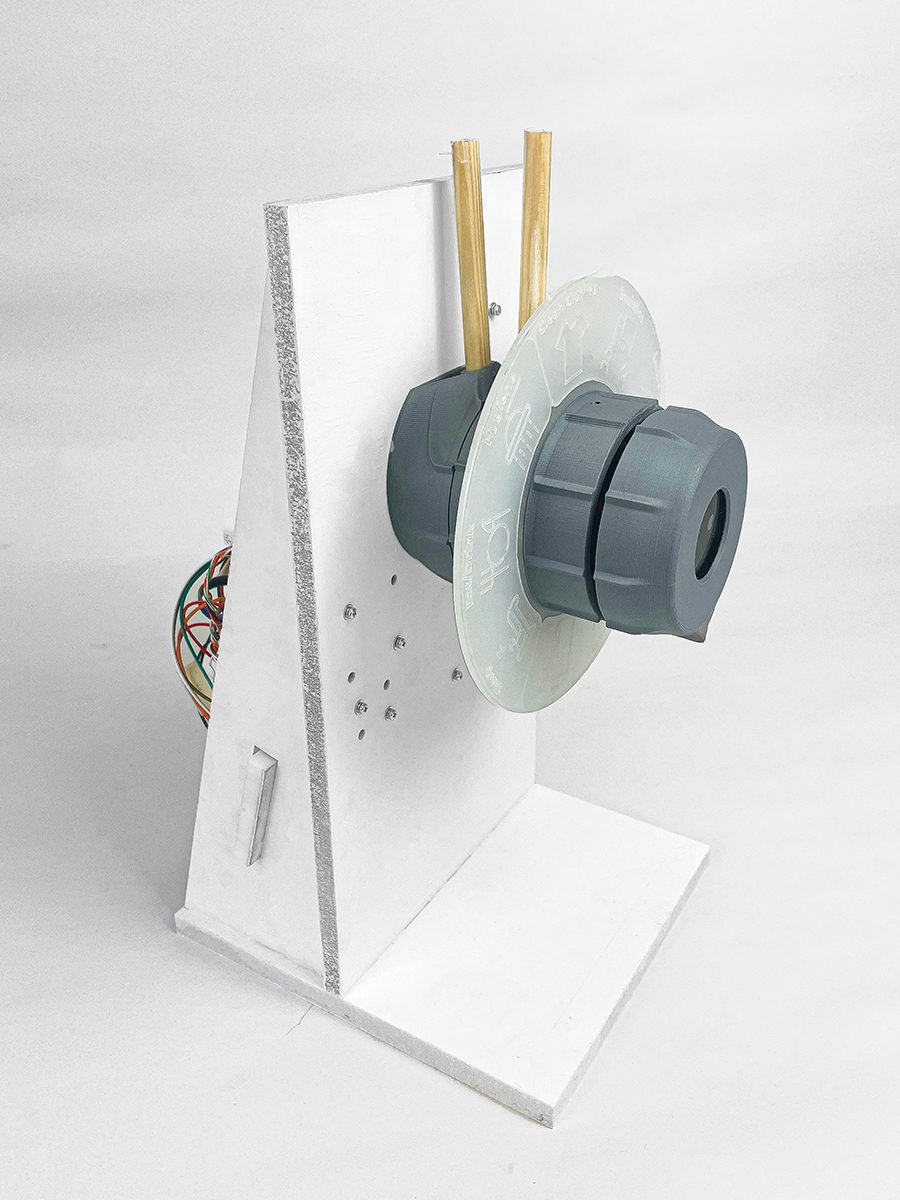
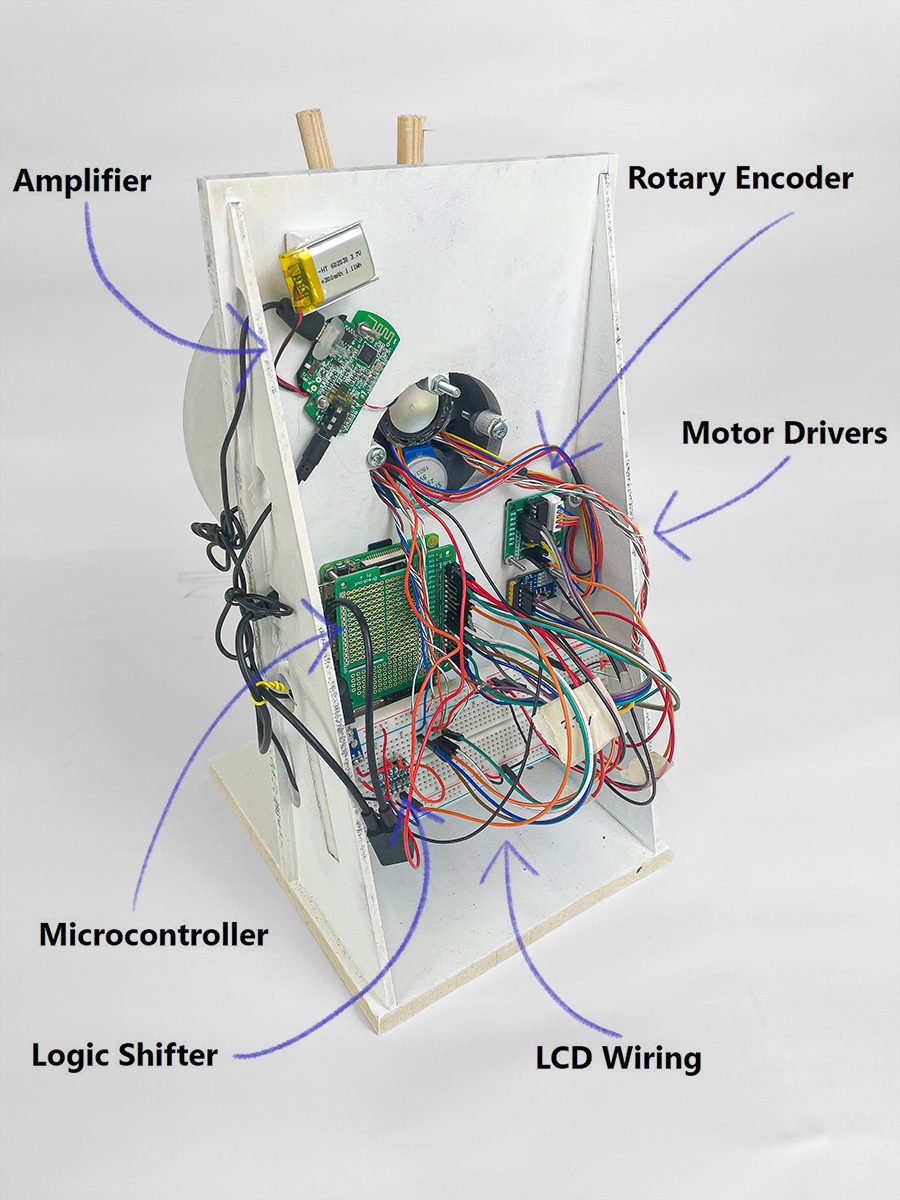
Working Prototype
Shown above is the electromechanical prototype, designed to demonstrate an average day and test the entire design. At the back you can see the electrics needed for it to function. It was built through a range of prototype manufacture techniques, namely 3D printing, laser cutting, breadboarding and milling.
Exploded View
The prototype was designed 1:1 scale with the real design for manufacture of internals. The only differences being material and process changes. For example, changing from 3D printing to injection moulding, with slight geometry changes to reflect this.
Demo of use
A rough demo was created to test the product with NHS psychologists and therapists, to find design flaws and areas of improvement.
Other Work
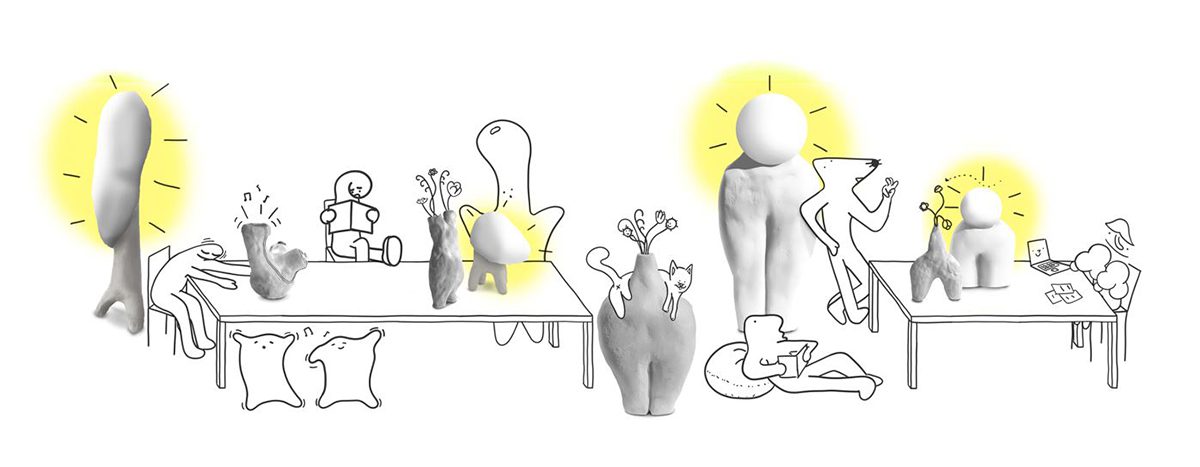
Experimental Homeware Range
In my own time I designed an experimental homeware range, using clay and hand modelling techniques, to design mass manufactured products with imperfections showing the human touch.
The range was exploring the relationship between art and design and the range varied from lamps to vases, to even a clay speaker capitalising on the unique acoustic properties of the clay.
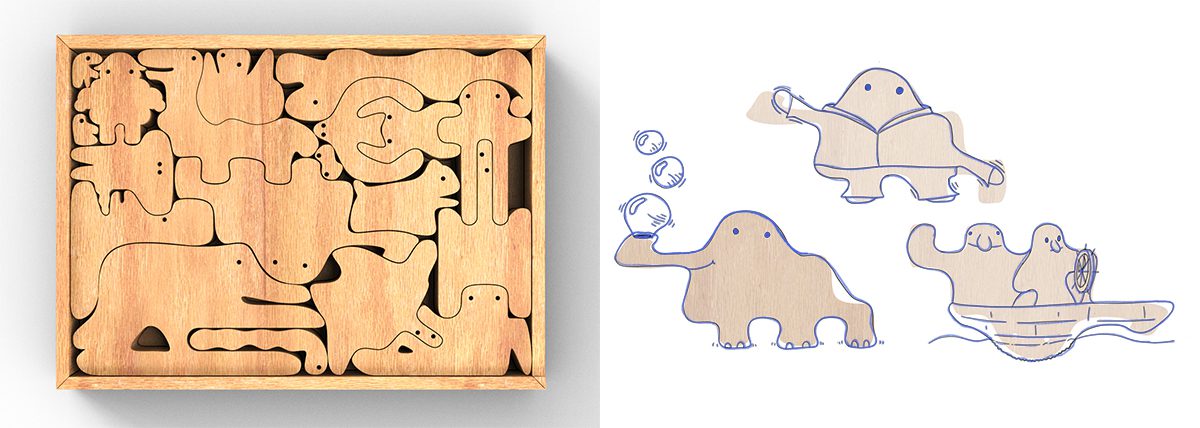
Heebee Jeebees
A product aimed at children to stimulate their imagination. The puzzle is based on famous designer Enzo Mari’s “Animali” and the familiar, yet abstract shapes of the puzzle allow children to assign their own meaning to them. With research showing that this kind of play is extremely beneficial for children’s mental development.
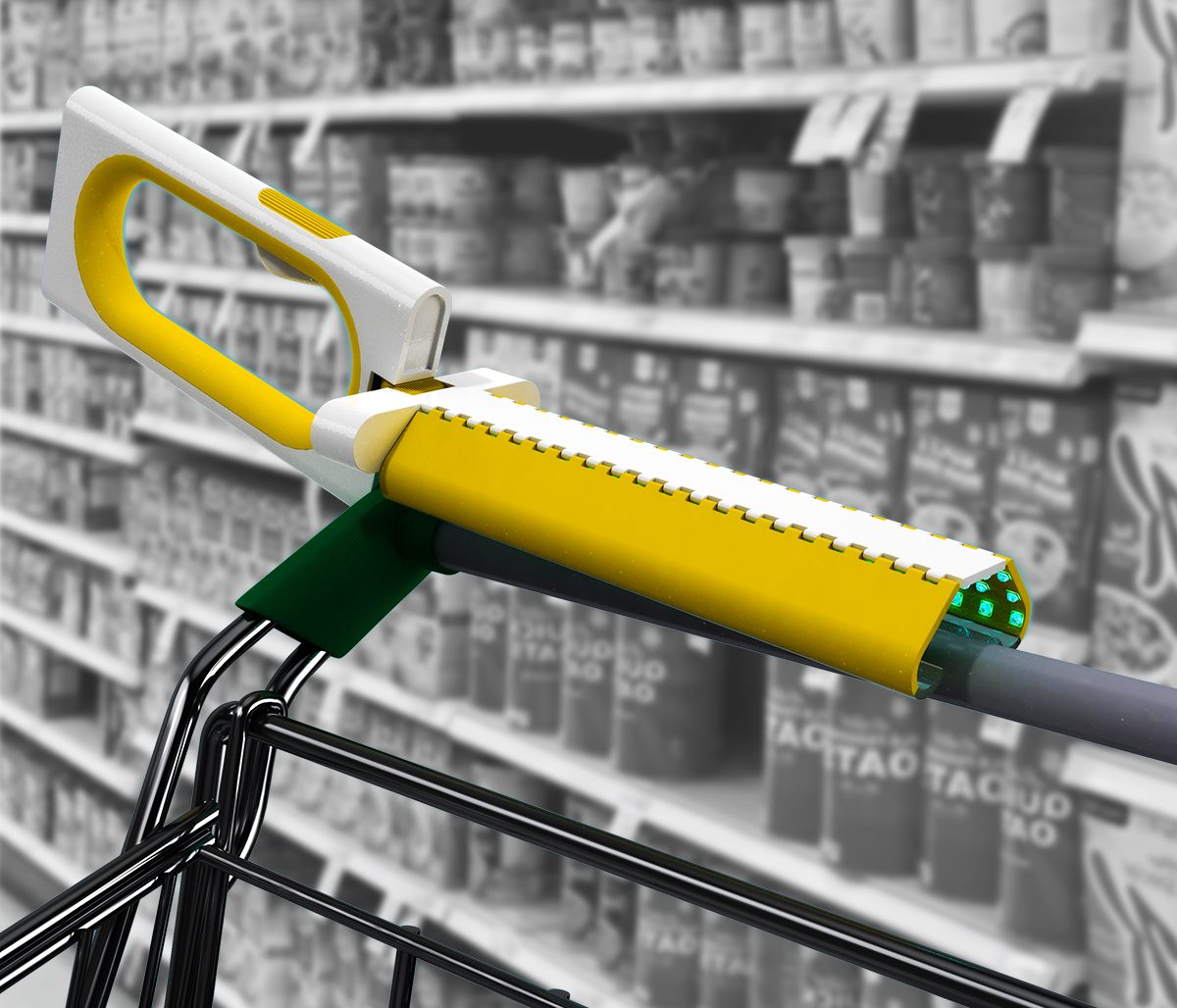
Rapid Uv Steriliser
A device designed during covid and submitted for the Design Intelligence Award held by the Chinese Academy of Art. The design used experimental far UV-C light to rapidly kill pathogens. The device had wrap around arms to effectively clean handles rapidly in high contact areas, e.g., public transport and supermarkets.
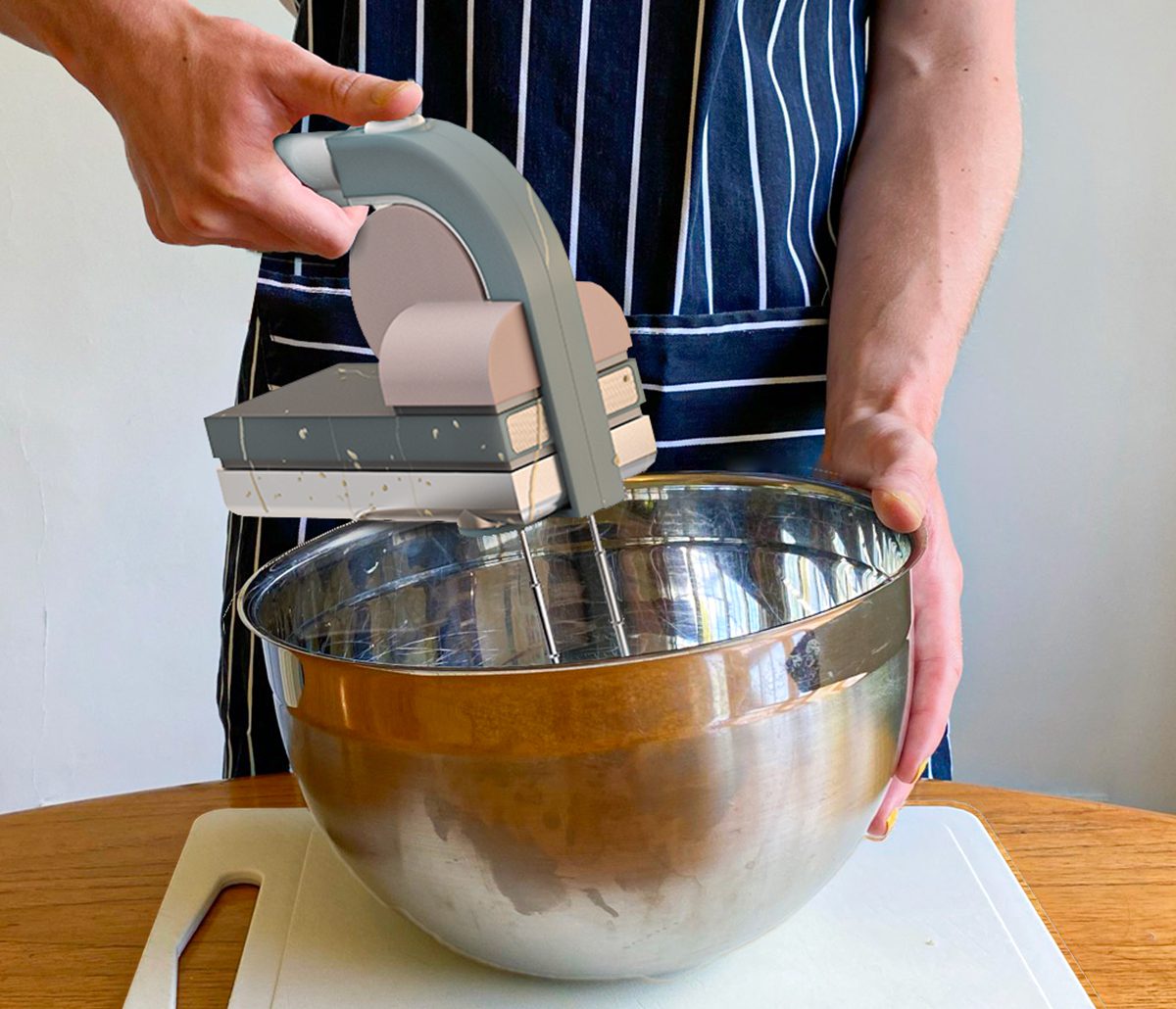
Kenwood Redesign
I was tasked to redesign a Kenwood product in a week, to sit comfortably elsewhere in the home. Kitchen spaces are shrinking, therefore more kitchen appliances have to be kept somewhere else in the home. I decided to do a radical redesign, exploring an artistic direction, which when displayed is no longer seen as a product and instead as an attractive object.
Awards
- Design Intelligence Award (DIA) – I reached the penultimate round with my UV Steriliser for rapid sanitising
- TeenTech – I won Bronze for producing an effective medical device to improve amputees’ prosthetics
Work Experience
I completed my placement year in Milan, Italy, studying Industrial Product Design for six months at Politecnico di Milano. Studying in Milan opened my eyes to a completely different way of thinking about design.
After my study, I completed a six month internship for Sintesi Labs Design in Milan, a Design Consultancy. I was able to develop my CAD skills and overall design skills whilst gaining a strong understanding of what makes ‘good’ design. The project management and problem solving skills I learned were highly valuable. I also spent one week with the company in Munich, Germany (Head Office) helping them with their design exhibition.
Moving to another country, working, meeting people and integrating myself within the culture and community, brought a new perspective of myself and the life around me.
Visionary Thinkers
Visionary Creators
Visionary Makers